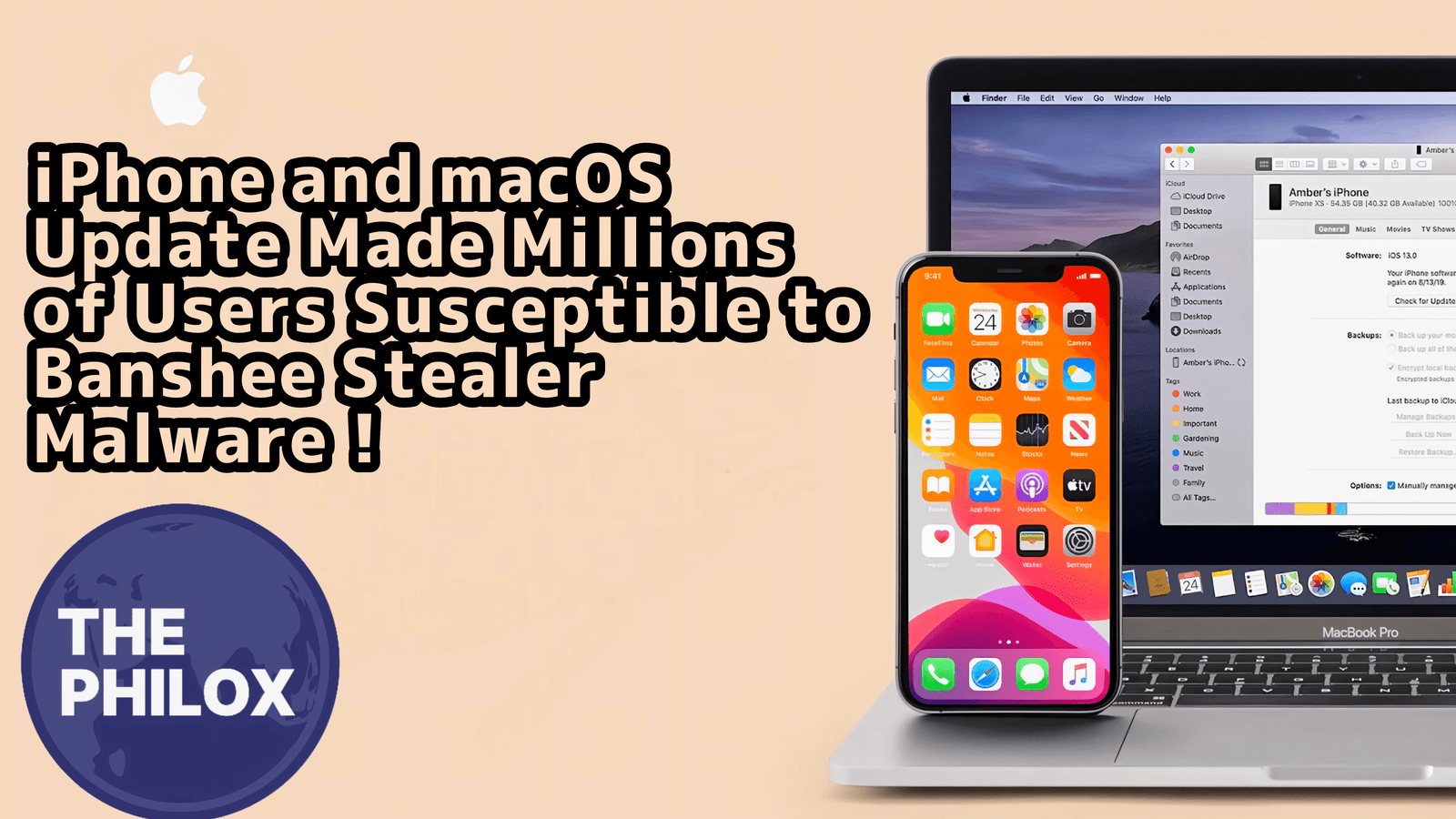Banshee Stealer, a notorious malware initially identified several years ago, has resurfaced, posing a severe threat to macOS users. Known for its ability to steal sensitive information and evade detection, this malware has evolved, leveraging sophisticated methods to infiltrate devices.
The recent resurgence is particularly concerning as macOS has traditionally been viewed as a secure platform. Nevertheless, as macOS has achieved widespread popularity in various parts of the world, its ease makes it a significant victim for hackers.
This research is on Banshee Stealer: functionality, dissemination, impact, recommendations, and expert commentary.
Technical Banshee Stealer Description
Functionality
Banshee Stealer is malware used to obtain private information of victims’ infected machines. Primarily, the targeted items include:
1. Browser Credentials: login credentials, saved passwords, autofill fields, etc.
2. Cryptocurrency Wallets: Private keys and wallet credentials that enable the thief to steal digital assets.
3. Financial Data: Payment card information and bank accounts.
The malware gains entry through vulnerabilities in the downloaded applications. Once installed, it executes commands to collect the data and then sends it to the attacker’s server.
Evasion Techniques
Perhaps the most frightening feature of Banshee Stealer is how it can be stealthy from detection. The malware exploited the Apple XProtect encryption algorithm to evade traditional antivirus programs.
It disguises its code by mimicking legitimate processes, creating an effective hiding mechanism that delays detection and amplifies damage.
Distribution Methods
Campaign for Phishing
Banshee Stealer is mainly spread through phishing websites that mimic trusted sites. Examples include fake GitHub repositories that offer counterfeit versions of popular software, such as Chrome and Telegram. The unsuspecting users download the applications, and the malware gets installed.
Target Audience
The campaigns are targeting professionals, cryptocurrency traders, and developers who use macOS. Because macOS is highly used in professional and creative industries, the scope of impact is high, touching both individuals and organizations.
Impact on macOS Users
Data Compromise
The data compromised by Banshee Stealer includes:
1. Personal information, including names, addresses, and contact information.
2. Financial information, including credit card details and banking credentials.
3. Private data located in browsers and applications.
Consequences of the Infection
The Banshee Stealer virus infection can bring very dire implications:
1. Identity Theft. Personal information that has been stolen is used to present victims.
2. Financial losses. Unrecognized transactions or cryptocurrencies.
3. Privacy Breach. Private communications and files could be leaked out.
Detection and Response
Detection Issues
Banshee Stealer is not possible to be matched with the traditional antivirus systems due to its sophisticated evasions. The system processes and encrypted communications it uses make it hard to detect.
Apple Response
Apple has responded by updating the XProtect system and releasing security patches that fill the vulnerabilities. Still, the development of malware such as Banshee Stealer reveals that users need to be alert and proactive all the time.
Preventive Measures for Users
Software Verification
Users should download applications only from the official stores or websites of trusted developers. This way, one can avoid malware installation by authenticating the source of the software.
Security Best Practices
1. Update Systems: Install updates for macOS in order to remove vulnerabilities.
2. Use Strong Passwords: Use unique and complex passwords for all accounts.
3. Use Security Tools: Make use of VPNs, password managers, and anti-malware solutions.
4. Enable Multi-Factor Authentication (MFA): This is an added layer of security on accounts.
Experts say that the complexity of macOS malware is increasing. According to John Smith, a cybersecurity expert, “Banshee Stealer shows how threats are evolving over time to include macOS users more and more; users need security awareness to nullify these issues.”
Future Forecast
As threat actors continue finding new ways around security, MacOS malware will begin to increase in importance. Ongoing developments in terms of security devices and user awareness and education will work to counter it.
Case studies
Real world incidents
1. A Developer’s Loss: A freelance developer downloaded a fake version of Telegram from a GitHub repository, resulting in the theft of cryptocurrency worth $15,000.
2. Corporate Breach: A design firm suffered a data breach when an employee installed a counterfeit Chrome browser, which compromised client data.
Lessons Learned
1. Always check the source of the software before installing it.
2. Regularly back up critical data to secure locations.
3. Use endpoint security solutions for added protection.
The Banshee Stealer resurgence reminds macOS users that the threat landscape is always changing. This malware has emphasized the necessity of proactive security measures in cyber practices, which include checking integrity in software, regular system updates, and adherence to best practices.
The security features within Apple are constantly improving, but user awareness is a crucial aspect in fighting these malware threats. With proper information and adherence to strict security protocols, individual and organizational systems can be adequately safeguarded against such potential threats.
Stay Connected and Share Your Stories
For all those inspired by stories of resilience and ambition, follow us on X/Twitter and on Instagram . For those with untold stories that you would love to share, please send them to contact@thephilox.com










One thought on “iPhone and macOS Update Made Millions of Users Susceptible to Banshee Stealer Malware”